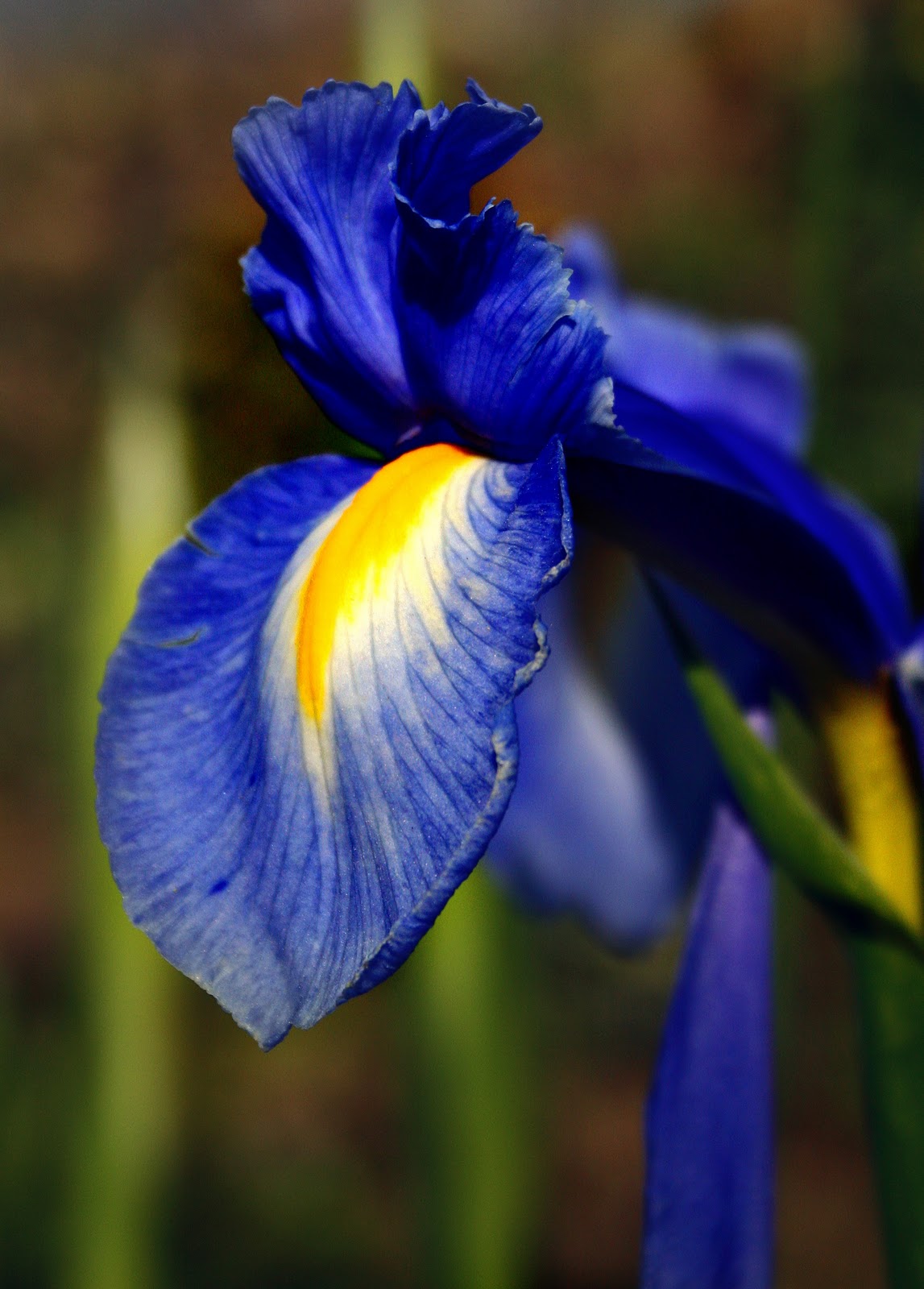

In some countries this may not be legally possible if so: This work has been released into the public domain by its author, Leon Brooks. Licensing Public domain Public domain false false You can use this picture for any use including commercial purposes without the prior written permission and without fee or obligation.
Blue iris pictures free#
This file is in public domain, not copyrighted, no rights reserved, free for any use. You can grow this plant in a container, though it'll really come into its own when planted in the ground.Image title: Blue orchid flower Image from Public domain images website, When planting along a walk or drive, come in 3 feet to allow for future spread. Place these plants about 2-1/2 feet apart. You might like to supplement feedings with bone meal and/or liquid fertilizer for year-round bloomers like African and blackberry iris. Water is very important - they need a regular drink and don't mind "wet feet" occasionally.įertilize 3 times a year - in spring, summer, and fall - with a good quality granular fertilizer. You can also deadhead if you like, especially with the walking variety to limit its spread. Cut these as close to the ground as you can.Īvoid a complete cutting back of the plant, however.
Blue iris pictures professional#
Blue Iris Photography is owned and led by two professional photographers called Jennifer and Gary ONeil. Trimming is usually necessary to remove any browned leaves and spent flower stems. Blue Iris Photography (Wedding Photography London). (For more info on this, see the page on Watering.) Because this plant does best with plenty of water, you may want to add water-retention crystals when planting, especially if other plants nearby like it more dry. Iris with flattened leaves, forming a fan, are the most common in gardens. They have long, erect flowering stems which may be simple or branched, solid or hollow, flattened or have a circular cross-section. Iris are perennial plants, growing from creeping rhizomes or from bulbs. Plant careĪdd top soil or organic peat moss to the hole when you plant. It is a genus of up to 300 species of flowering plants. Though they like a good bit of moisture, it's best to place them in a well-drained area (the exception is Blue Flag, which can handle very wet soils). Though these plants will spread they don't do it in a hurry, so you can remove any shoots that are going places where you don't want them. Heights vary by variety, averaging 2 to 3 feet tall.īlue Flag and Blackberry Iris are cold hardy, growing anywhere in South Florida.
Blue iris pictures full#
These plants will grow in full sun but seem happiest in part sun to part shade. Cut off theīrowned stalk all the way to the ground to tidy up the plant and let newīlooms are a soft orange with reddish freckles, though a newer variety with brighter multi-colors has been recently introduced. Reveal little black "berries." Then it slowly turns brown. When a stalk finishes flowering, it produces seed pods that open to It sends flowers up on thin stems above the wide leaves, growing toĪbout 2 feet tall with flowers reaching about 18 inches above. This plant does best in part sun to part shade. Blackberry Iris (Belamcanda chinensis/Iris domestica) - pictured above - is often called "Blackberry Lily" because of its flowers look more like lilies than irises.


 0 kommentar(er)
0 kommentar(er)
